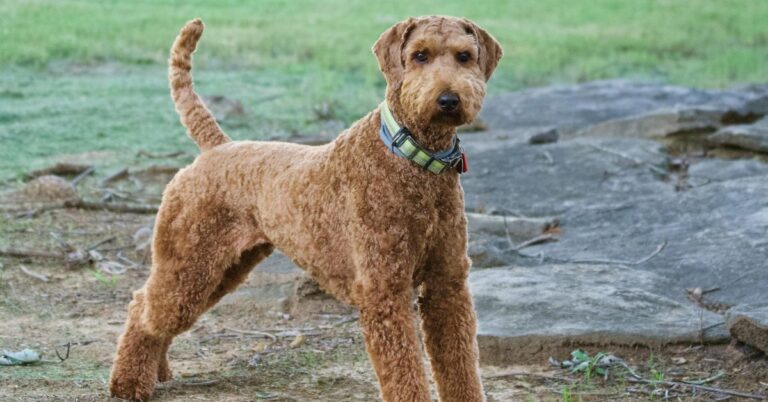15 Coyote Safety Tips for Dog Owners

As urban areas expand, encounters with coyotes are on the rise, posing a real danger to our pets. During certain seasons, these wild animals become more aggressive and may see small dogs as easy targets. If you live in a high-risk area, here are some effective ways to reduce the threat and keep your dog safe.
Install a Secure Fence

A strong, tall fence is a great way to keep coyotes out of your yard. Coyotes are clever and can climb or dig, so aim for a fence at least six feet high. Adding coyote rollers on top prevents climbing, while a buried base stops digging. This simple step adds extra protection.
Always Supervise Your Dog Outdoors

Even with a fence, always keep an eye on your dog when they’re outside, especially at night. Coyotes are more active after dark, and a vigilant owner can make a big difference. Your presence alone can scare them away. Staying alert helps you react quickly if a coyote approaches.
Light Up Your Yard
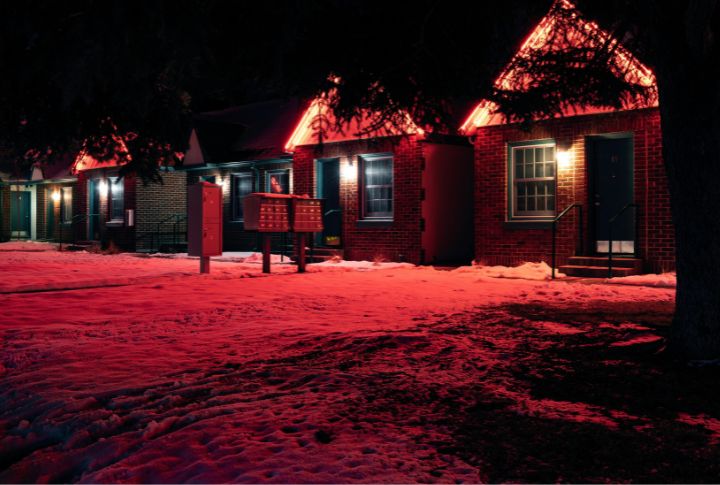
Coyotes prefer the cover of darkness, so lighting your yard can deter them. Motion-sensor lights work best, startling any unwanted visitors. Bright lighting reduces hiding spots and makes it harder for coyotes to sneak up. A well-lit yard offers a simple but effective way to protect your dog.
Remove Food Sources
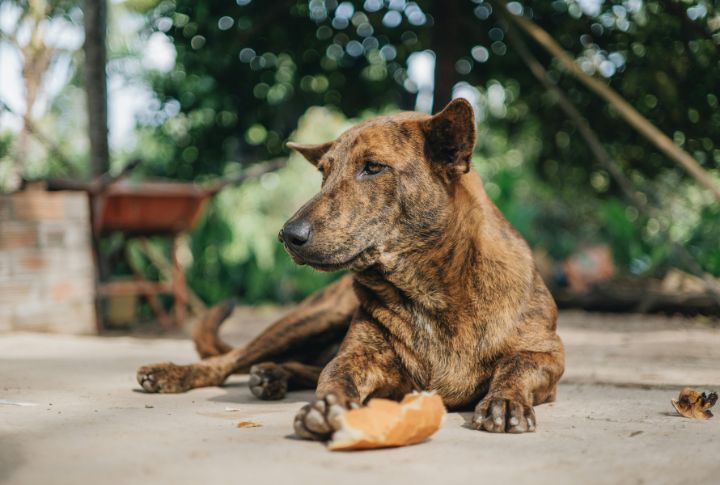
“American Jackals” are scavengers, and food left outdoors invites them in. Never leave pet food or garbage outside, and ensure your bins are tightly sealed. If you have a bird feeder, be cautious—fallen seeds attract both birds and coyotes. Keeping your yard free of food reduces the risk of attracting them.
Trim Bushes and Clear Hiding Spots

Coyotes love to hide in dense bushes and under porches. Keep vegetation trimmed and clear any potential hiding places around your home. Sealing off spaces under decks or sheds also helps. When coyotes can’t find cover, they’re less likely to linger near your home, keeping your dog safer.
Leash Your Dog on Walks
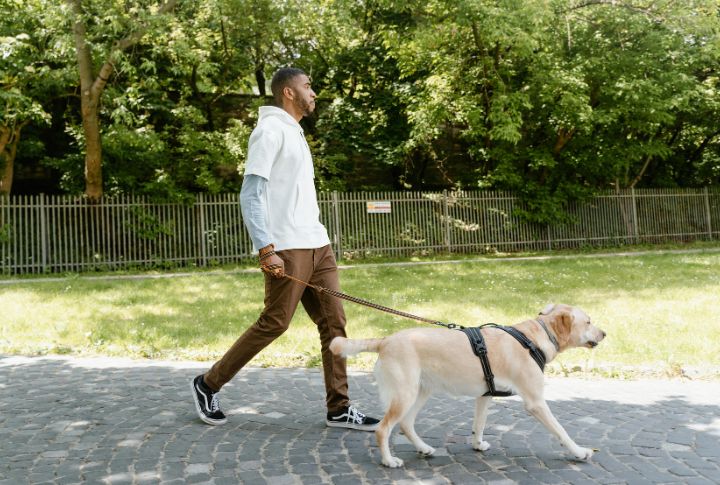
A sturdy, short leash is crucial for keeping your dog close and safe during walks. Coyotes may target an unleashed dog, so always use a leash. Avoid retractable leashes, as they can break easily. Stick to a traditional leash, ideally no longer than six feet, for better control.
Carry a Coyote Deterrent
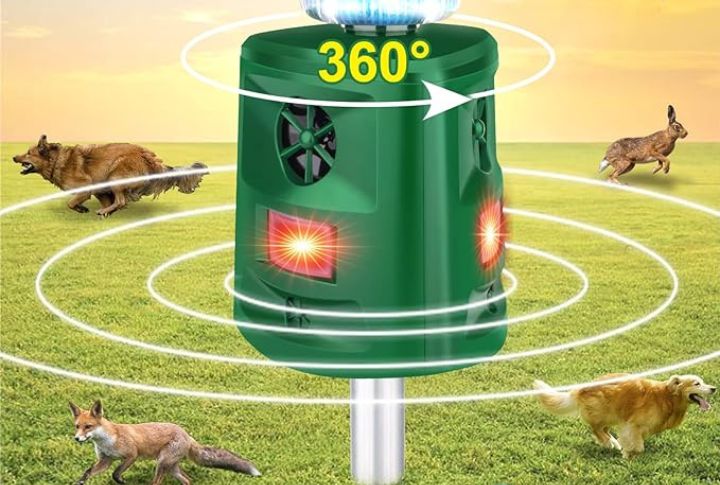
Having a coyote deterrent on hand adds another layer of protection. An air horn, whistle, or pepper spray can scare off a coyote if needed. These tools are simple to carry on walks and can make a big difference in warding off an encounter. Always be prepared in coyote-prone areas.
Make Noise and Stand Tall

If a coyote approaches, staying calm and acting big can intimidate it. Raise your arms, yell loudly, and wave your jacket to appear larger. Slowly back away while maintaining eye contact. Never turn your back or run, as this could encourage the coyote to chase. Stay firm and assertive.
Report Coyote Sightings
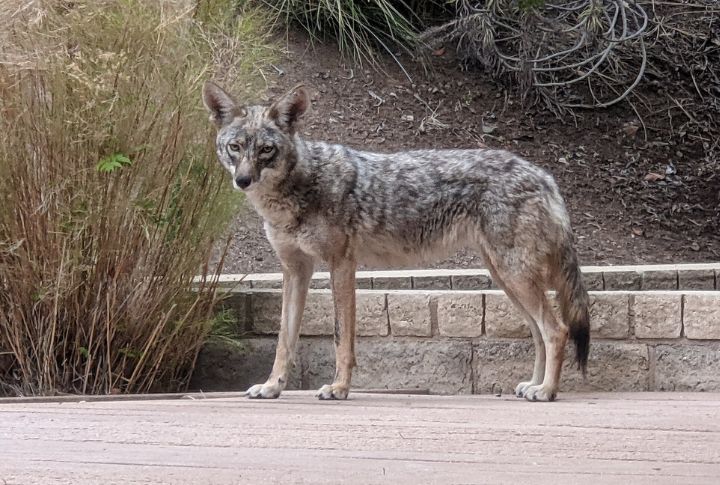
Letting your community know about coyote sightings helps keep everyone on alert. Report any encounters to local animal control or wildlife services. Sharing this information ensures others are cautious, and authorities can track coyote activity. It’s a simple but effective way to increase awareness and safety for everyone.
Use Reflective Gear for Visibility

Equipping your dog with reflective collars or vests increases visibility. This helps you keep a close watch on your dog and ensures they are seen by passing vehicles. Bright, reflective gear can also help deter coyotes, as it makes your dog stand out in the dark. Some even have spikes or rivets to save your dog from sharp teeth and claws.
Train Your Dog to Stay Near
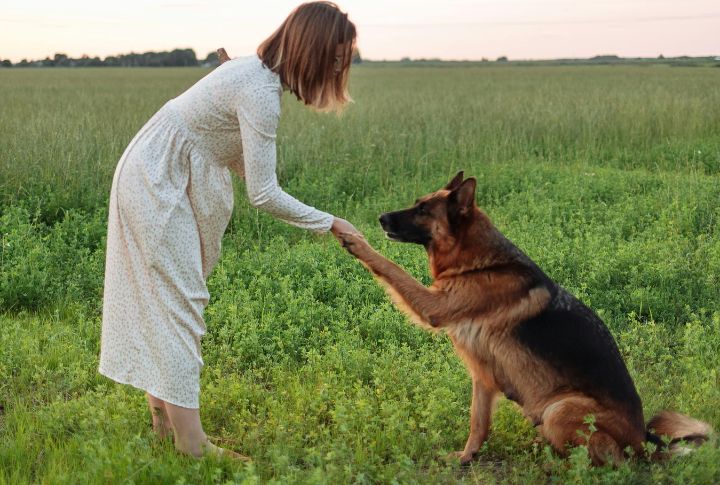
Training your dog to stay close and come when called can save them in an emergency. Regular practice helps ensure your dog listens, even when tempted to chase something like a coyote. This simple training method is a valuable tool in preventing dangerous encounters with wildlife during walks.
Adjust Walk Times
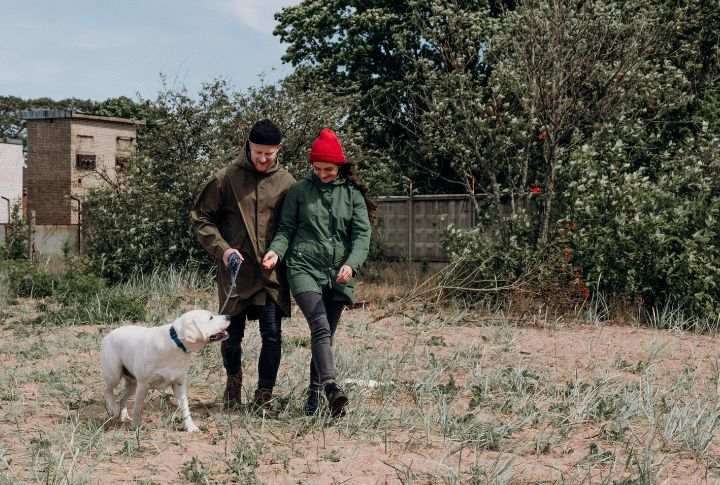
Since coyotes are most active at dusk and dawn, taking your dog out during the day is much safer. Try to avoid early morning or evening walks when coyotes are hunting. If you need to walk at night, stick to well-lit, busy areas where coyotes are less likely to roam.
Seal Off Potential Hiding Spots
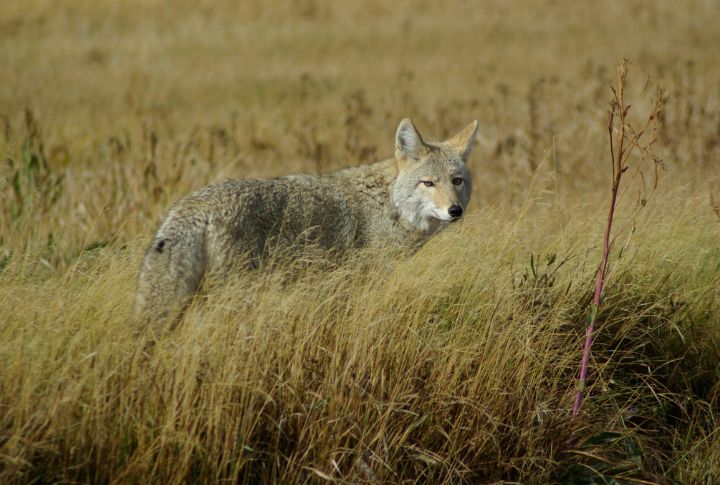
The ‘Prairie wolf’ often seeks shelter in hidden spaces. Seal off gaps under porches, decks, or sheds to prevent them from hiding near your home. Regularly inspect your property for areas that could serve as potential dens. Removing these options discourages coyotes from sticking around, keeping your dog’s environment safer.
Install Motion-Activated Sprinklers
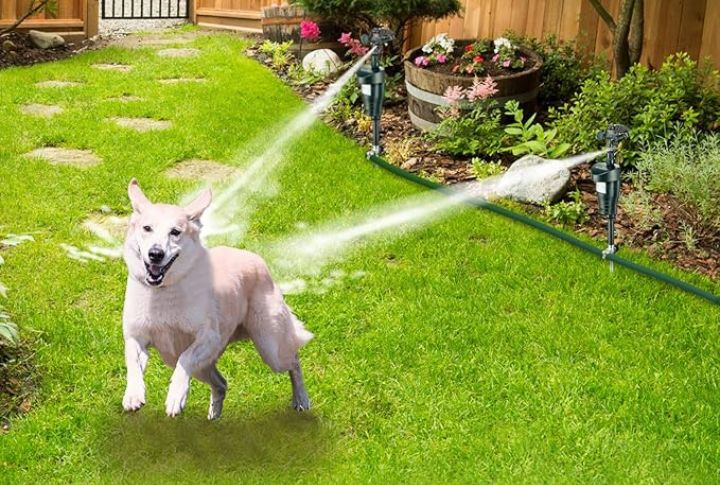
Coyotes hate water, and motion-activated sprinklers are an easy deterrent. When a coyote approaches, the sudden spray of water will scare it away. These devices work without harming the animal and provide a humane solution to protect your dog. Plus, they keep your yard refreshed and coyote-free.
Avoid Letting Your Dog Roam Free
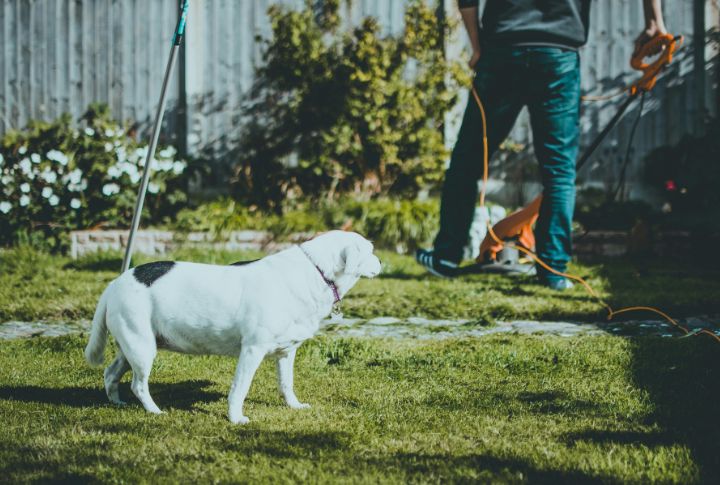
Allowing your dog to roam freely can put them at risk of encountering a coyote. Always keep your dog in a controlled space, whether in a fenced yard or on a leash. Free-roaming dogs are vulnerable to attacks, especially in areas where coyotes are common. Keeping them close reduces danger.


